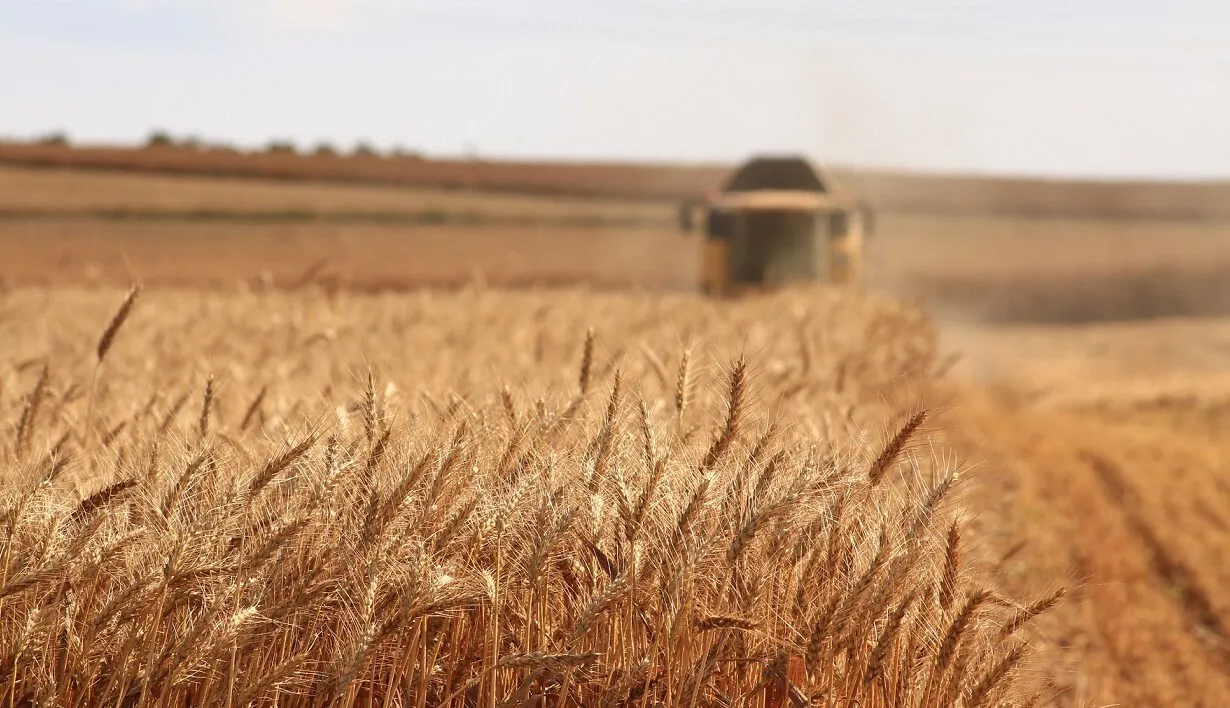Global Grain Production Hits Historic Highs: Navigating the Shifts in Agricultural Economics
In an unprecedented turn of events, the global agricultural sector is witnessing a significant milestone in grain production. This surge is reshaping market dynamics, influencing commodity prices, and presenting new challenges and opportunities for farmers worldwide. As we delve into the intricacies of this phenomenon, it becomes evident that the ramifications extend far beyond the fields, affecting global food security, trade policies, and the economic well-being of nations.
Unprecedented Rise in Grain Production
Overview of Global Trends
The recent forecasts by the Food and Agriculture Organization (FAO) indicate a groundbreaking increase in worldwide grain production. The adjusted projections suggest a 0.5% rise from previous estimates, totaling an astonishing 2,836 million tons for the 2023/24 season. This represents a 1.2% increase (33.3 million tons) over the previous year, marking a historic peak in the annals of agriculture.
Factors Driving Production Growth
Several key elements contribute to this remarkable growth in grain production:
- Improved Cultivation Conditions: Enhanced agricultural practices and favorable weather conditions in major producing countries have significantly boosted yields, particularly for corn.
- Technological Advancements: The adoption of modern farming technologies has led to more efficient cultivation methods, reducing losses and increasing productivity.
- Global Expansion of Arable Land: Increased cultivation areas, driven by strategic investments and policy incentives, have played a crucial role in expanding production capacities.
Impact on Market Prices
The surge in grain production has inevitably led to adjustments in market prices. According to the FAO, global export prices for wheat and corn have experienced notable declines due to intensified competition among exporters and the influx of new harvests. Conversely, rice prices have seen a modest increase, reflecting robust export demand for high-quality Indica rice from Thailand and Pakistan.
The Ripple Effect on Farmers and Global Markets
Challenges Facing Farmers
Despite the overall positive outlook on production, the situation presents a mixed bag for farmers:
- Price Volatility: The fluctuation in grain prices, while beneficial for consumers, can adversely affect farmers’ profitability and economic stability.
- EU Agricultural Policies: Farmers in the European Union are grappling with the impact of stringent regulations, which, coupled with market pressures, exacerbate their challenges.
- Climate Change and Environmental Concerns: The unpredictability of weather patterns and the need for sustainable practices add layers of complexity to farming operations.
Strategic Implications for Global Trade
The dynamics of global grain production and market adjustments have significant implications for international trade:
- Export Opportunities and Challenges: Countries with surplus production face both opportunities and challenges in navigating the competitive export market.
- Food Security Concerns: The distribution of grain production impacts global food security, highlighting the need for strategic planning and international cooperation.
- Policy Adjustments: Governments may need to recalibrate trade and agricultural policies to address the evolving landscape and safeguard the interests of farmers and consumers alike.
Looking Ahead: Strategies for Sustainable Growth
As we project into the future, it becomes imperative to adopt strategies that ensure sustainable growth in grain production:
- Innovation in Agricultural Practices: Embracing technological advancements and sustainable farming techniques will be crucial in maintaining productivity while conserving resources.
- Market Diversification: Farmers and countries should explore diversification in both crops and markets to mitigate risks associated with price volatility and demand fluctuations.
- Policy Support and Investment: Enhanced policy support, coupled with strategic investments in the agricultural sector, can provide the necessary infrastructure and incentives for sustained growth.
The historic highs in global grain production mark a pivotal moment in agricultural history. While it heralds a period of abundance, it also brings to light the complexities of market dynamics, the challenges faced by farmers, and the imperative for sustainable practices. As we navigate this evolving landscape, a concerted effort from all stakeholders—governments, the private sector, and the farming community—is essential in harnessing the opportunities and addressing the challenges that lie ahead.



